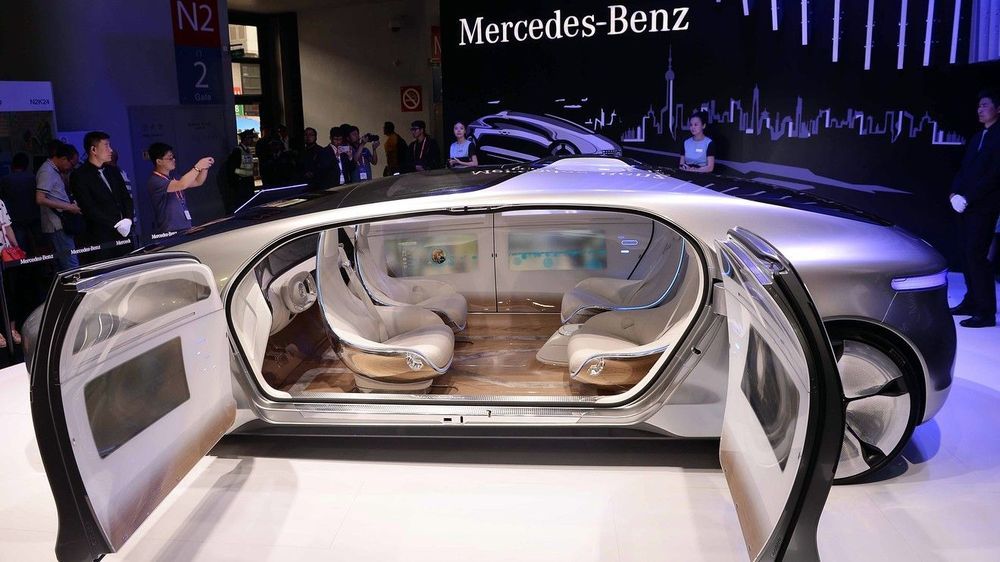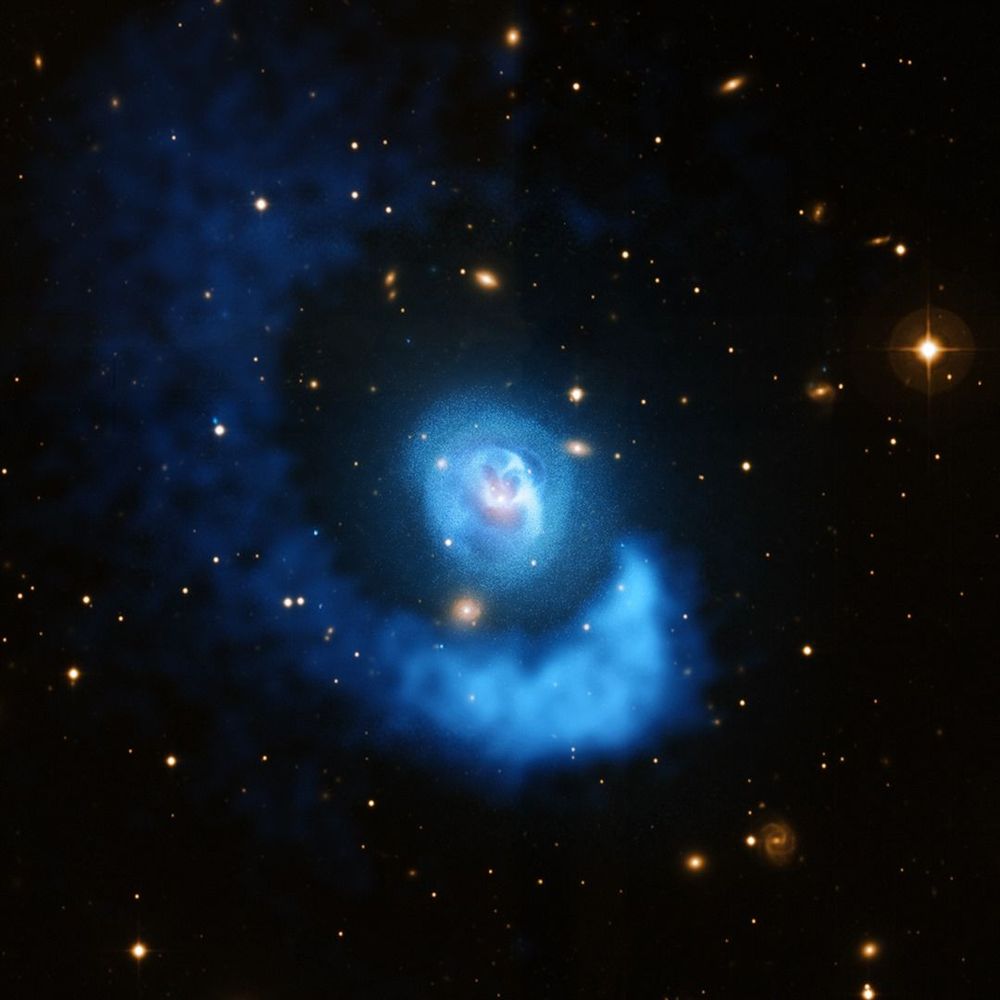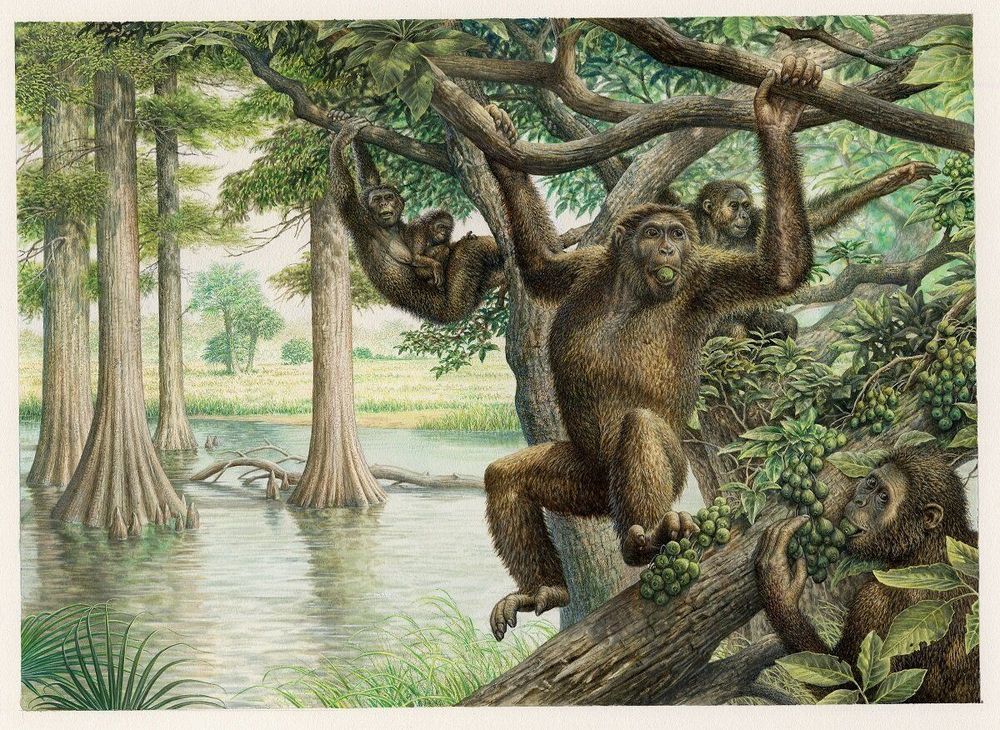Sep 18, 2019
Guppies teach us why evolution happens
Posted by Xavier Rosseel in categories: evolution, genetics
Guppies, a perennial pet store favorite, have helped a UC Riverside scientist unlock a key question about evolution:
Do animals evolve in response to the risk of being eaten, or to the environment that they create in the absence of predators? Turns out, it’s the latter.
David Reznick, a professor of biology at UC Riverside, explained that in the wild, guppies can migrate over waterfalls and rapids to places where most predators can’t follow them. Once they arrive in safer terrain, Reznick’s previous research shows they evolve rapidly, becoming genetically distinct from their ancestors.


















